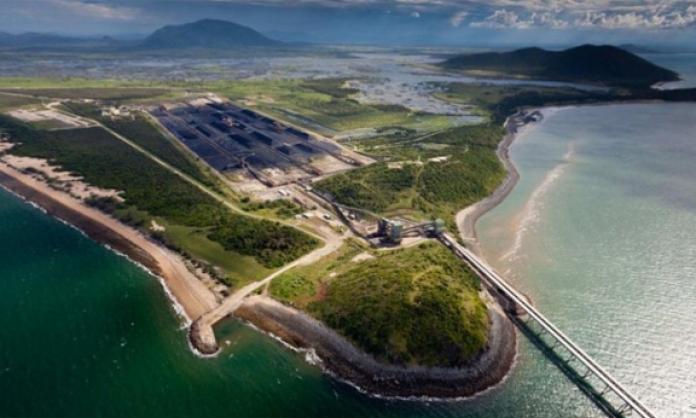A once familiar sight lies before me – several hundred protesters outside the Queensland parliament in Brisbane, waving signs and chanting slogans against environmentally destructive mining development.
You could be forgiven for thinking you’ve been transported back to the dark days of Campbell Newman’s notorious Liberal National government, when protests like this were common against a government so obviously in cahoots with big mining interests, and which counted mostly climate change denialists in its ranks.
However, this is 2016 and Labor, in state government for over a year, has just approved the biggest coal mine in Australian history – Adani’s Carmichael mine. The anger is palpable. A couple of people yell out “traitors” as a speaker mentions the ALP.
Many of the people and organisations gathered here had put their hopes in Labor to stop the development of Galilee Basin coal mines – including the Carmichael mine – and the associated coal port at Abbot Point, north of Mackay, which would wreak havoc on the Great Barrier Reef.
However, as I wrote in Red Flag at the time, “the Labor Party cannot be trusted to challenge the prevailing profit before environment mantra”. Sure enough, after promising to ban the dredging and dumping of spoil on the Great Barrier Reef, by December 2015 Labor had drafted a proposal, approved by federal environment minister Greg Hunt, to dump spoil on land instead, allowing the project to go ahead.
Now, the granting of mining leases for the Carmichael area has breathed new life into the viability of the project, which only a few months ago seemed doomed by falling commodity prices, lack of financing and bad press for both its environmental hazards and disregard for traditional owners, the Wangan and Jagalingou people, who have been campaigning against the mine for years.
The Australia Institute has calculated that the average annual emissions from burning the coal at Carmichael – approximately 80 million tonnes of CO2 – is on par with the total carbon emissions of countries such as Malaysia and Austria. As Greens candidate Andrew Bartlett asked the crowd at the end of the demonstration, “What on earth could possibly justify letting off the biggest carbon bomb on the planet in an already overheated atmosphere?”
Even Labor’s seemingly strongest defence, that the project will create “thousands of jobs”, is bluster. As New Matilda’s Thom Mitchell has pointed out, Labor’s claim of “5,000 jobs at the peak of construction and more than 4,500 jobs at the peak of operations” is bogus. Embarrassingly, it was an expert solicited by Adani for its case in the Queensland Land Court, who admitted that the Carmichael mine, as well as the rail link to the port at Abbot Point, would create only 1,464 direct and indirect jobs.
Unemployment is a serious problem and needs to be addressed. But you’ve got to take any Labor sympathy for workers and jobs with a grain of salt. What about the mass sackings and privatisation of public assets started by the previous Bligh state Labor government? If the Queensland government were serious about job creation, reinstating the 14,000 public servants sacked by Campbell Newman’s LNP would be a good start.









